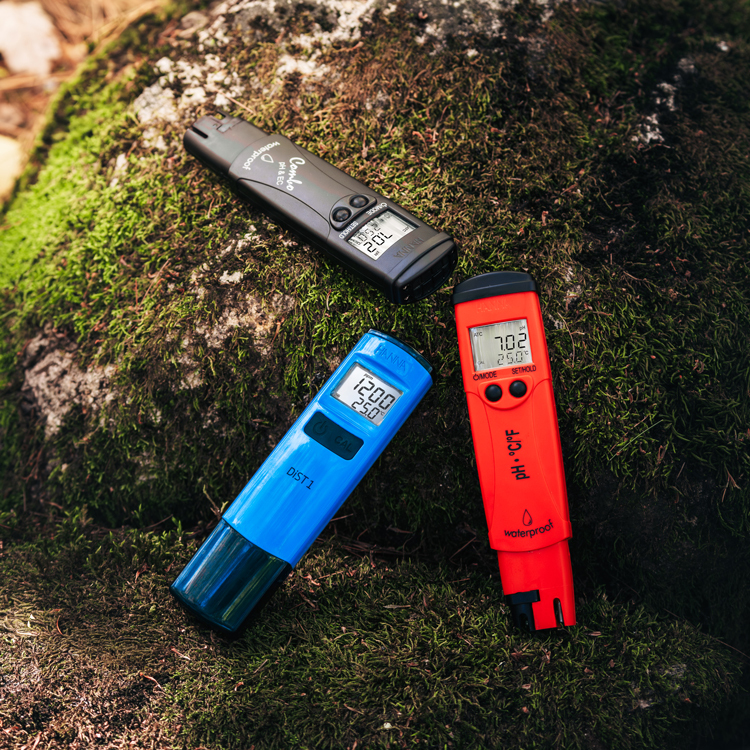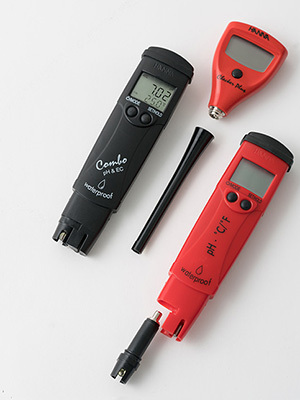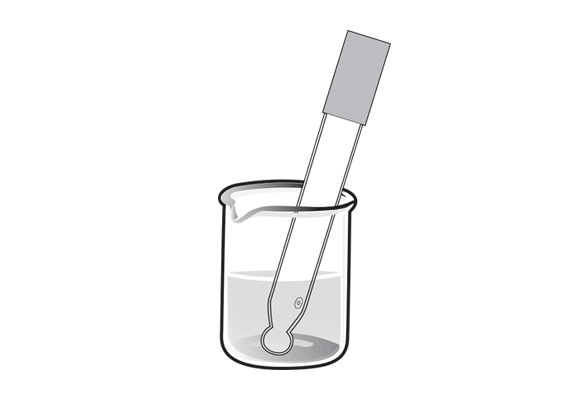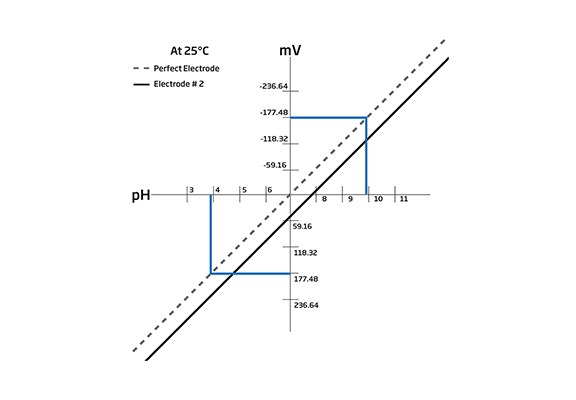Pocket-sized pH Testers. Take the lab with you.
It doesn't matter where you test, but how you test. Always be ready with our tough pH Testers by your side. Achieve professional and precise pH measurements on the go in the harshest environments and conditions.
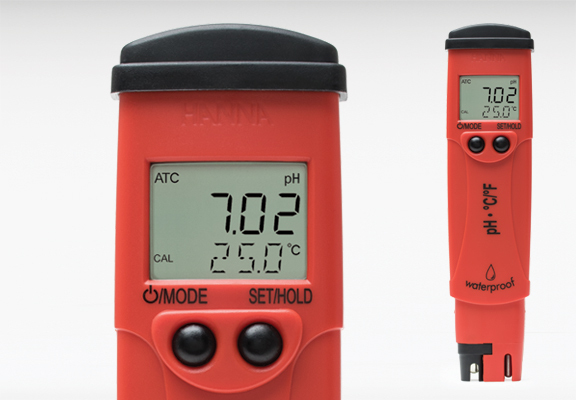
An original best seller
pHep®5 pH/Temperature Tester
One of the very first pH Testers that we ever created, our pHep®5 is hands down a customer favorite. This portable Tester delivers pH results with high precision and accuracy in the field.


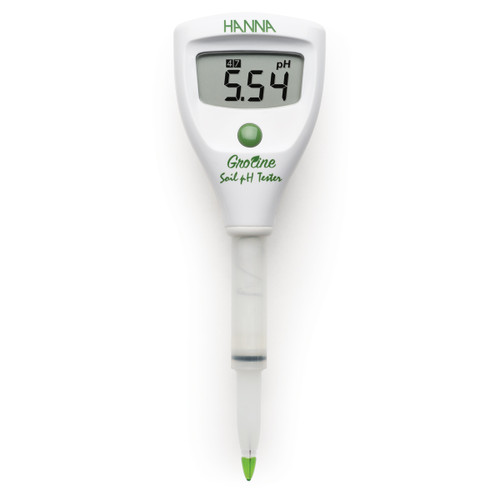
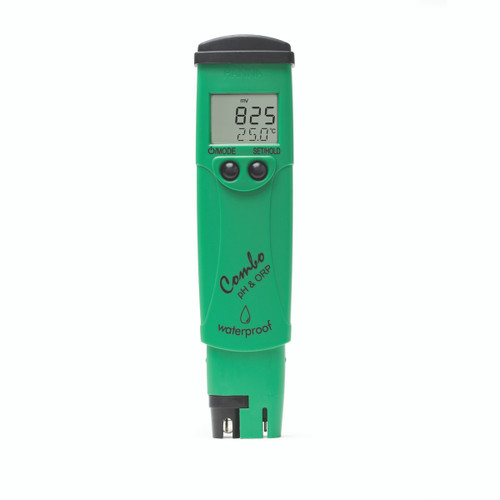


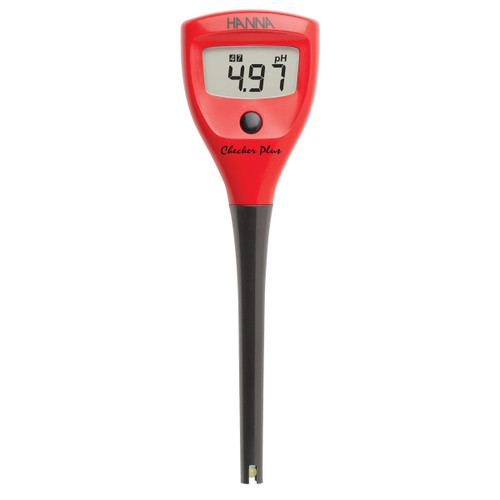

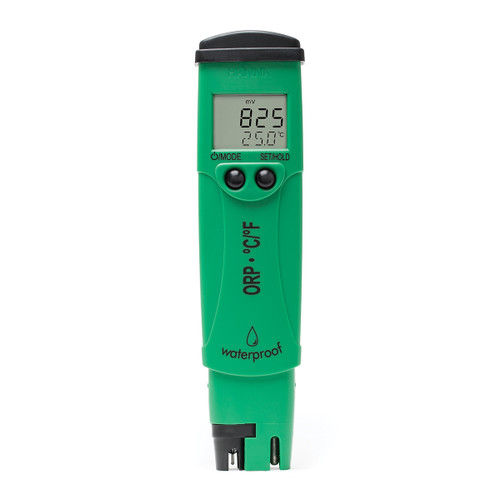
Combo Digital Testers. Made for your testing routine.
Why settle for measuring just a single parameter? Expand your analytical capabilities and monitor multiple parameters seamlessly in any environment with just one device.
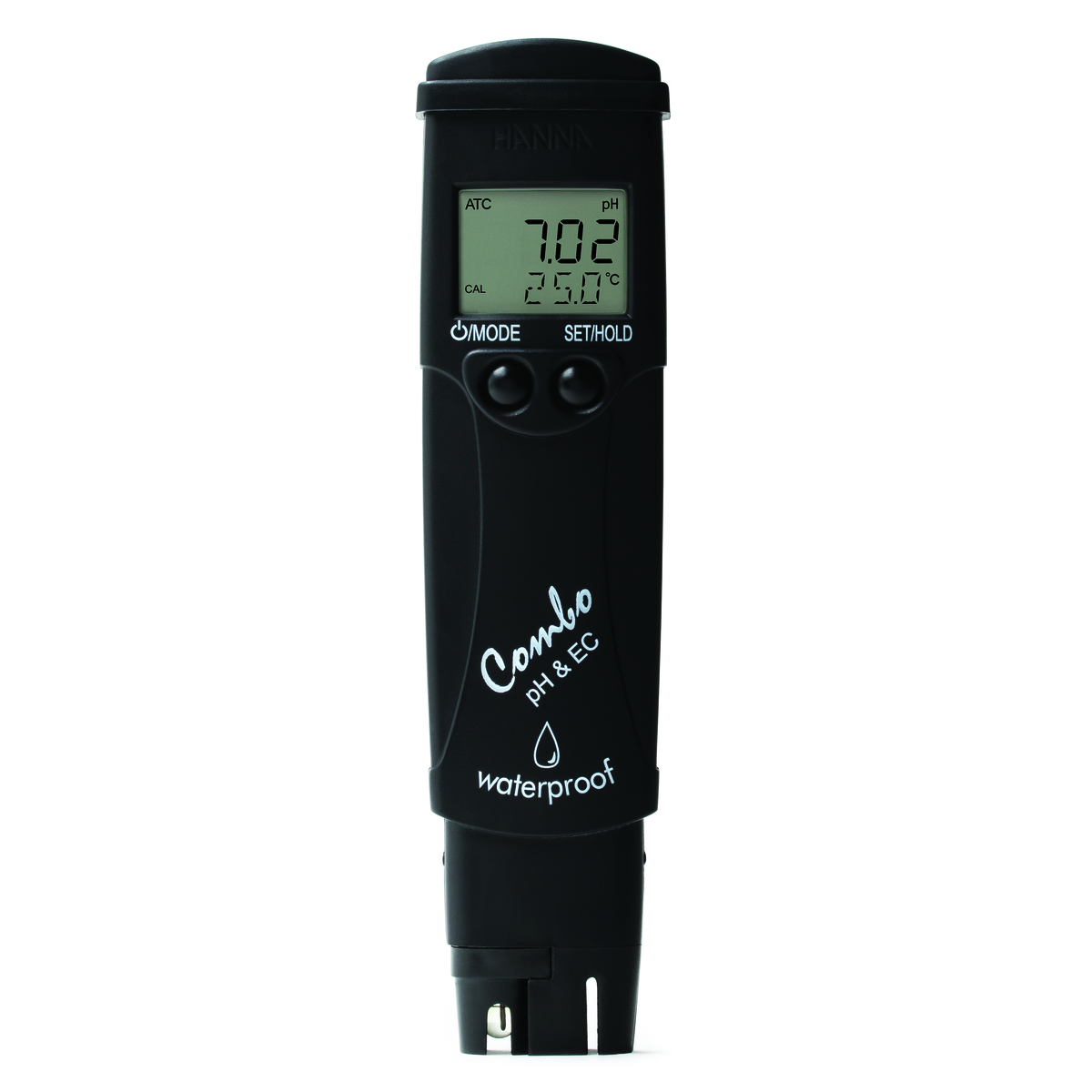
Low Range pH/EC/TDS Tester
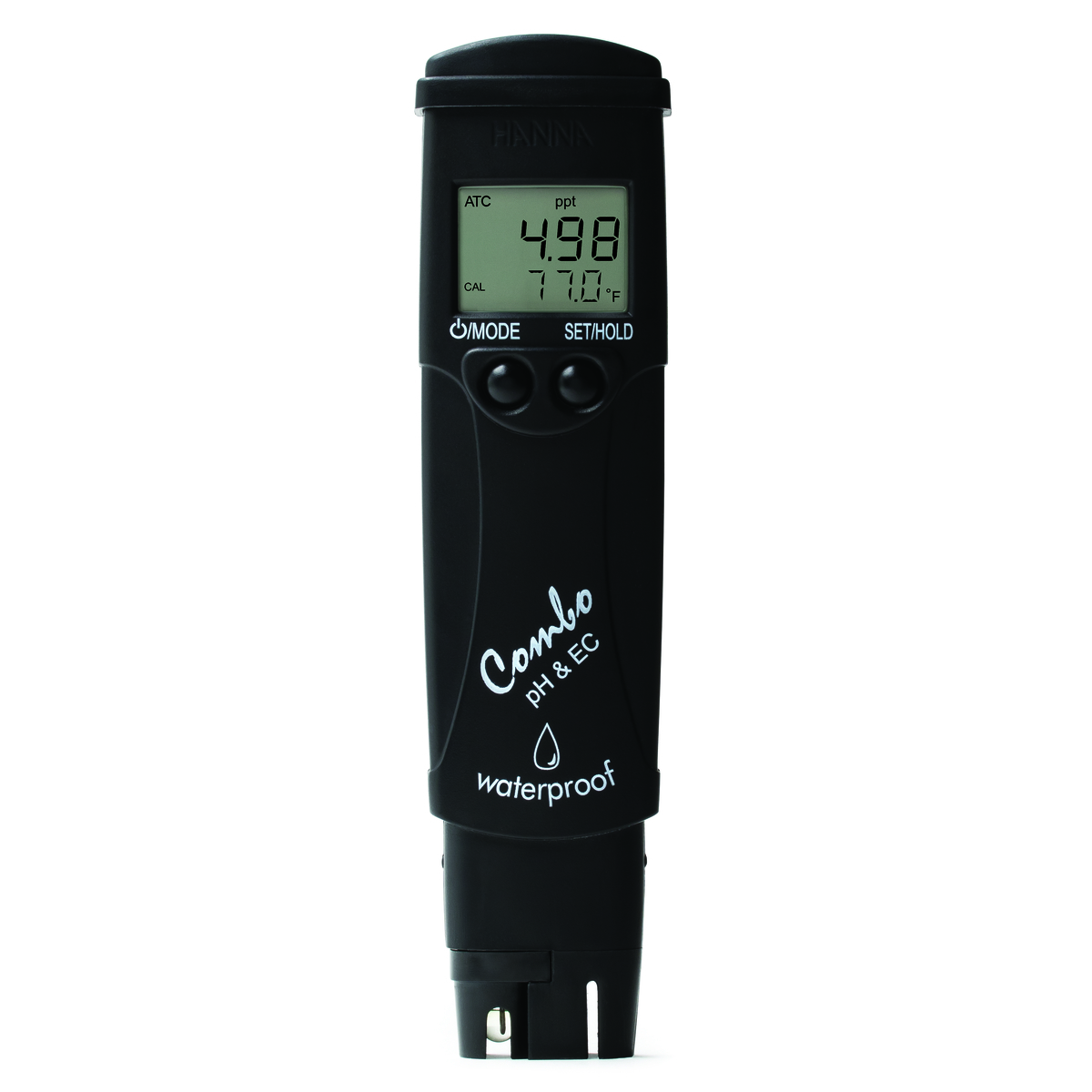
High Range pH/EC/TDS Tester
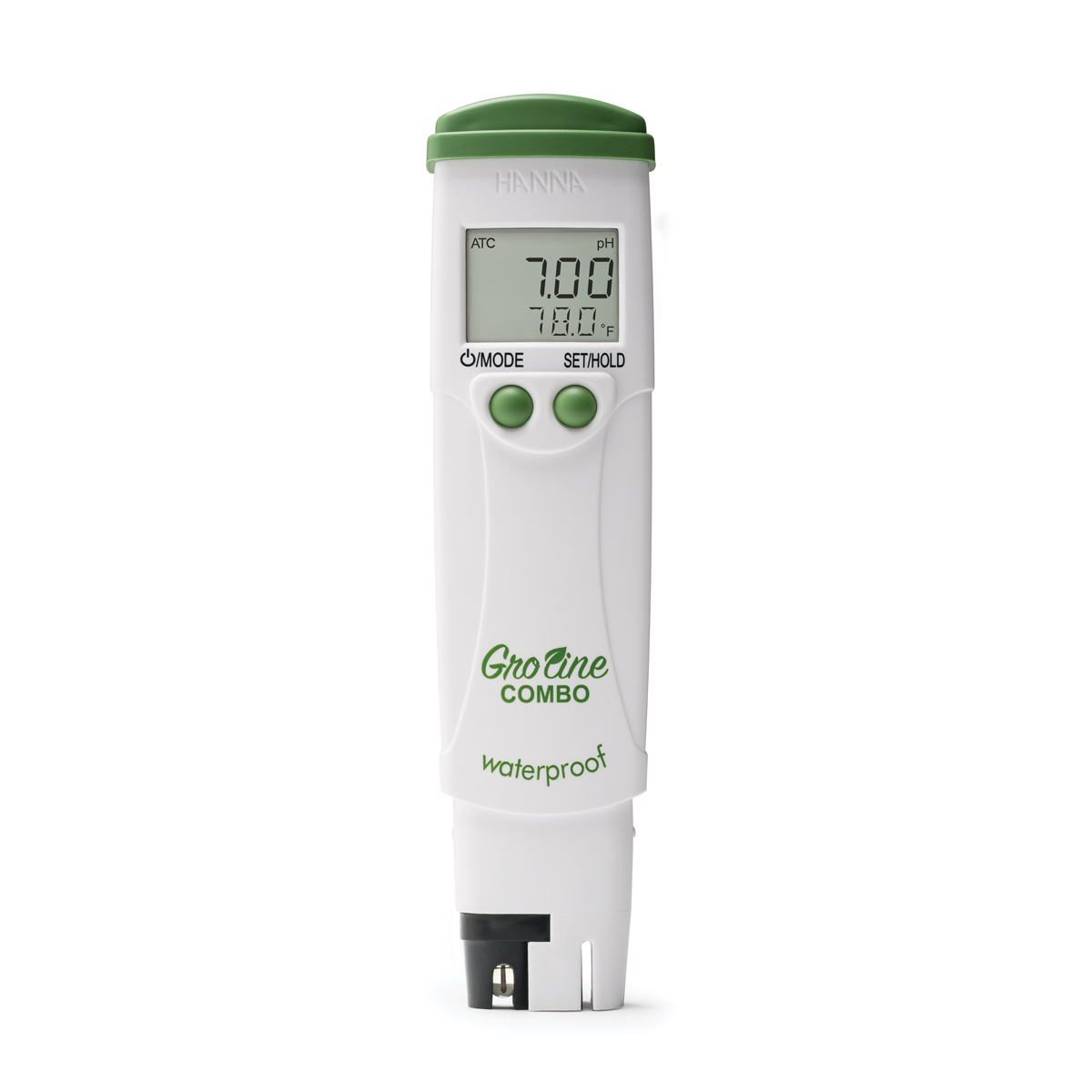
GroLine Hydroponic pH/EC/TDS Tester
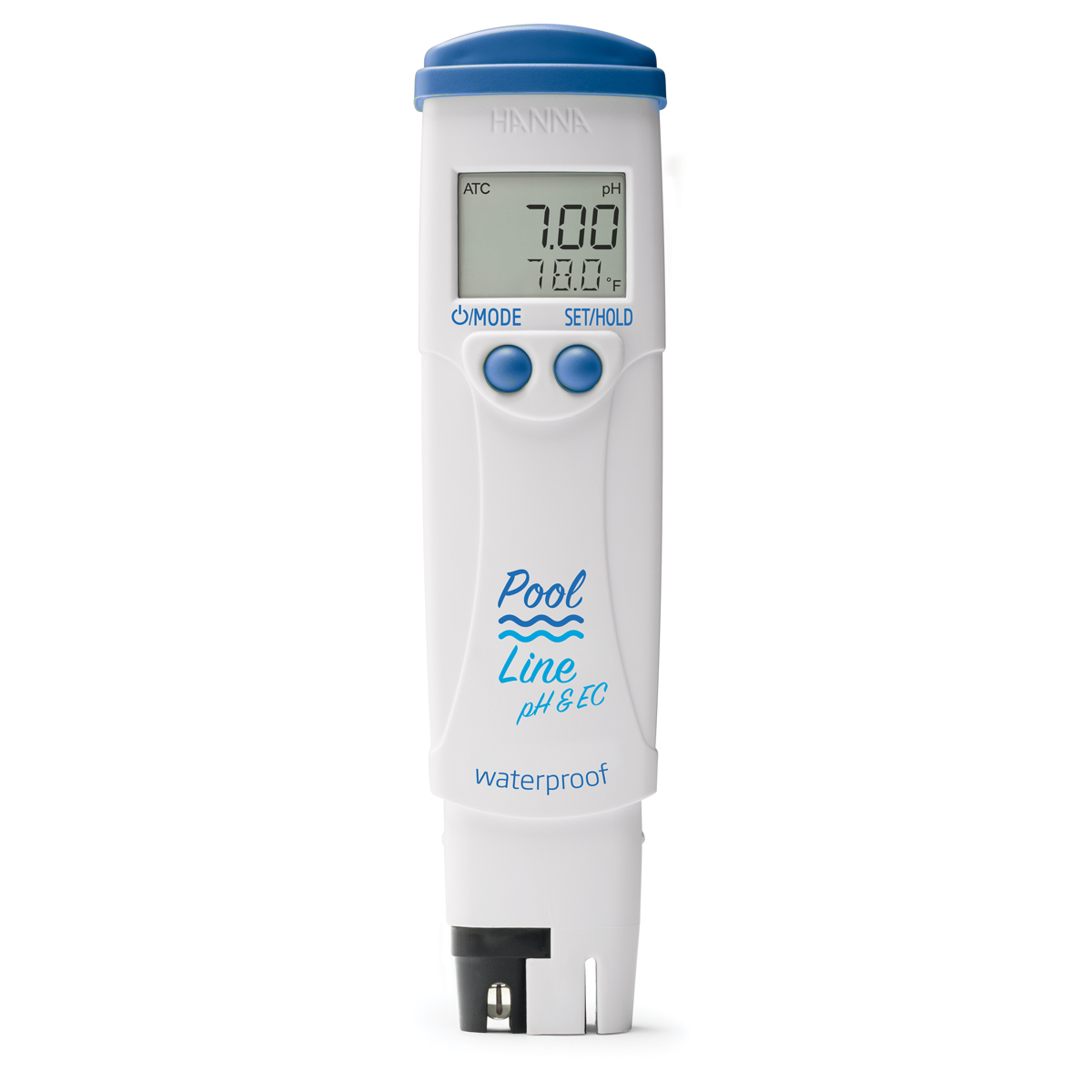
Pool Water pH/EC/TDS Tester
Reliable Testers specially designed for your industry.
Built for many applications, find the right handheld Tester for you. Discover Digital Testers for environmental field technicians, laboratory quality managers, educators, pool owners, growers, brewers, food manufacturers, dairy producers, meat processors, and more.
Compact Conductivity Testers. Simplify your lab and field work.
Precise results in the palm of your hand. Cut down on your testing time and measure both Conductivity (EC) and Total Dissolved Solids (TDS) simultaneously. Get the versatility you need with Conductivity Testers available for both high and low ranges.
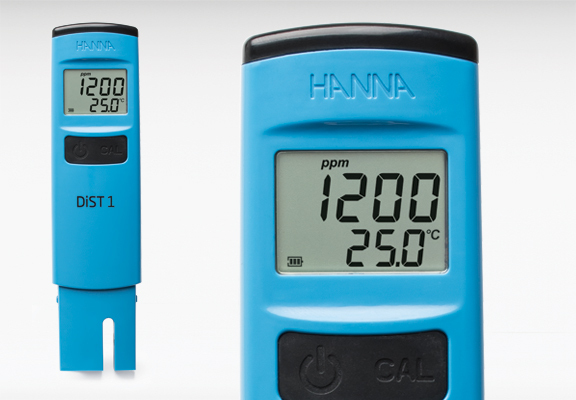
Top choice for dependability in the field
DiST®1 TDS Tester
This Tester is extremely user-friendly with easy two-button operation. Ideal for low conductivity ranges (0 to 2000 ppm). Collect instant and exact TDS readings wherever you are.

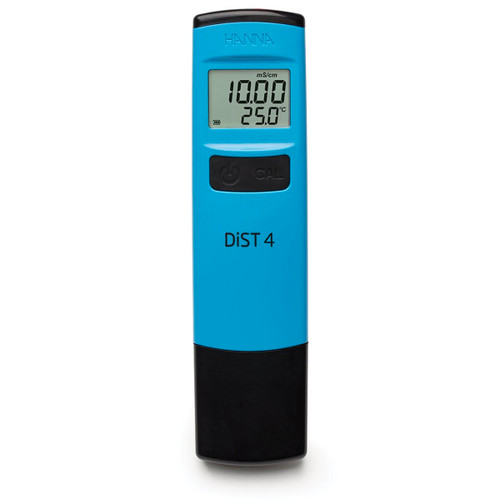
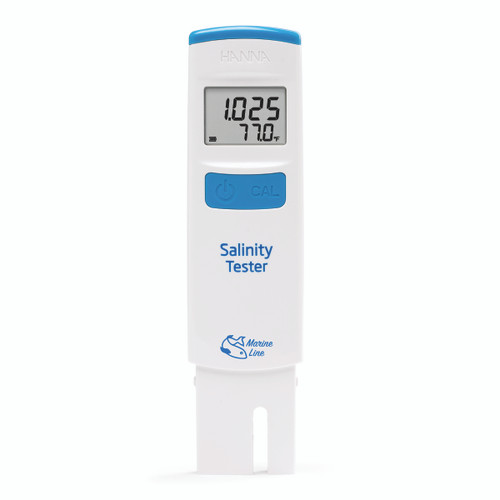
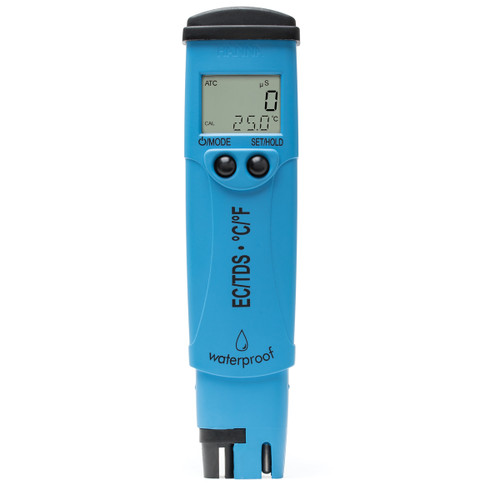
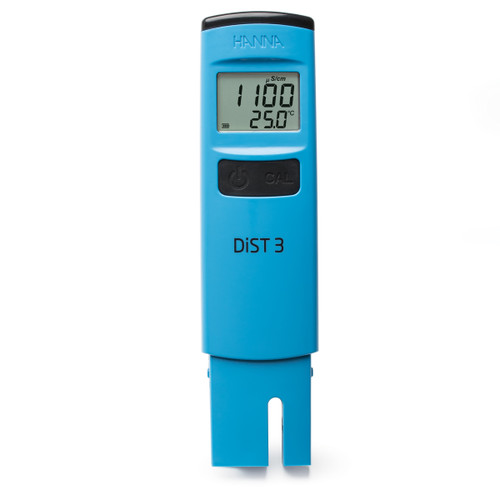
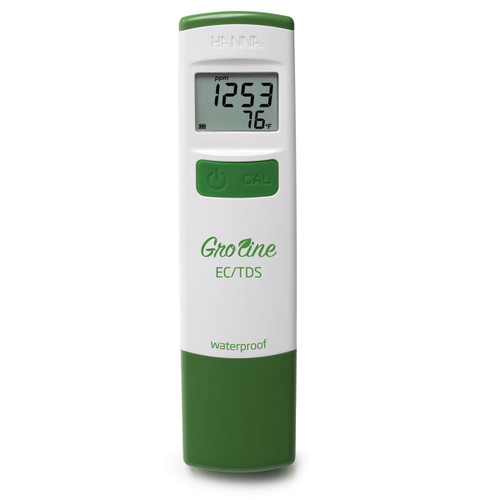
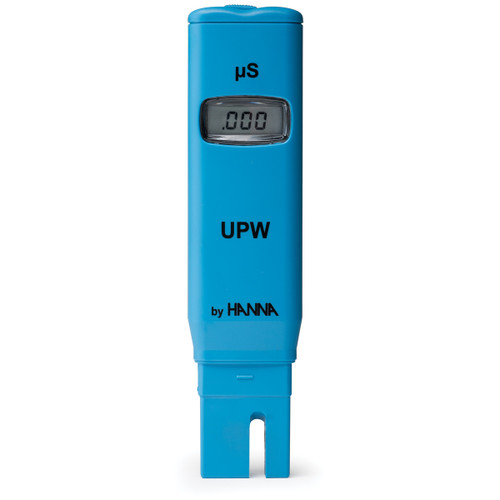
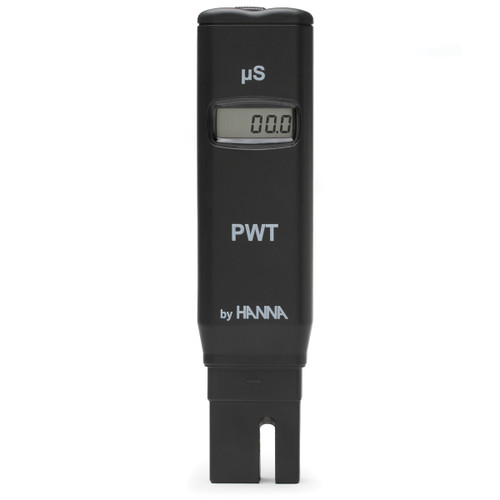
Are you prepared to test in the field?
Intuitive. Durable. Accurate.
Waterproof pH and Conductivity Testers you can count on.
Did you know?
You can easily replace electrodes.
With proper care and maintenance, electrodes typically last between 1 to 2 years. However, this can vary depending on your application. The good news is, we have replacement electrodes for our Testers. When the time comes, you don't need to purchase an entirely new Tester all over again. Instead, you can quickly swap out the electrode with a replacement one and resume testing immediately.
With replacement electrodes you can:
- Save on your Tester investment for the long term. There's no need to buy a new Tester, just change out the electrode and be ready to go.
- Eliminate any down time. By keeping spare electrodes on hand, you can easily switch out a broken electrode and continue testing.
- Enjoy hassle-free replacement. Just unscrew the old electrode from the Tester body and screw on the new one.
How to choose a pH electrode:
Let us help you the pick the best one for your testing needs.
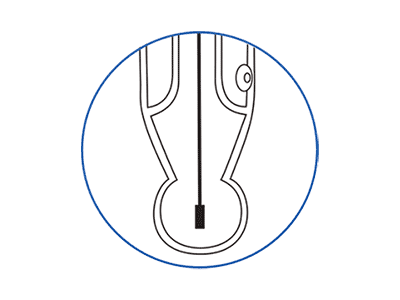
Spherical
This is the most common shape for a pH electrode due to its large surface area. BEST FOR: Aqueous Samples and General Purpose Uses
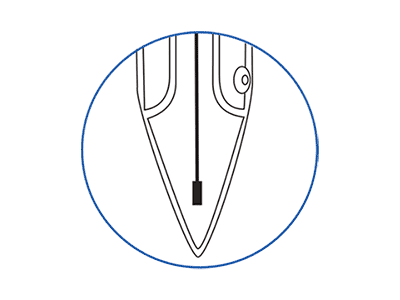
Conical
Perfect for testing semi-solid samples. BEST FOR: Spot checks and direct penetration of semi-solid, emulsions, soil, and slurries.
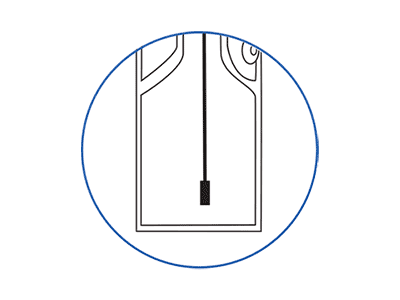
Flat Tip
This type of electrode allows for the direct surface measurement of a sample. BEST FOR: flat surfaces, skin, leather, and paper.
Take care of your pH Testers.
Clean regularly
Depending on the nature of your samples, your electrode can become dirty or clogged resulting in slow and faulty readings. Regular cleaning will prolong the life of your electrode. Trust that your pH probes are properly cared for with our cleaning solutions.
Shop cleaning solutionsCalibrate often
To ensure your measurements are accurate, be sure to calibrate after extended storage, cleaning, and before use. Utilize fresh buffers that bracket your expected value. Our extensive line of calibration solutions is formulated for various requirements.
Shop calibration solutionsCondition always
A dry electrode results in slow, incorrect measurements. Always use the proper storage solution and don't forget to fully cover the junction. Let us help you keep your Tester running smoothly with our storage solutions.
Shop storage solutionsDo you have the correct pH buffers?
Proper calibration is an essential step to ensure that your pH readings are not off.
Putting a pH electrode in a buffer is key. When performing a pH calibration, it is important that the correct buffers are utilized. For example, if you want to measure something with a pH of 9 and you only calibrate your pH Tester to a single point with pH 7 buffer, then you may not get the most accurate measurement. This is because pH measurements are most precise when multiple calibration points are used to bracket (are above and below) the expected pH value. We manufacture a wide range of buffer solutions.
How to perform an electrode quality test?
Monitor slope and offset.
Important calibration values to monitor include slope and offset. These numbers provide information on the probe’s overall condition. Hanna Tip: We recommend that you don't let the offset exceed ±30 mV and the slope percentage stays between 85-105%. If you have a bad offset, this could mean that you either have a clogged junction or that the probe requires cleaning. If this occurs, try soaking the probe in a cleaning solution and repeat the process of checking offset. If your slope is bad, this could mean you have used expired or contaminated buffers. If this is the case, ensure that fresh buffers are used.
